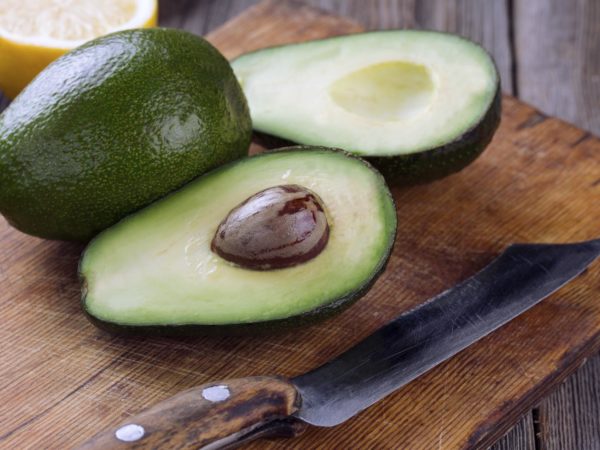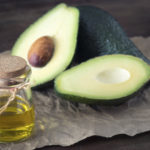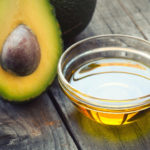Avoid Avocados?
I love avocados but a friend cautioned me about eating them for two reasons – their fat content and because I have low blood pressure. She told me avocados could cause a dangerous drop in blood pressure. Your thoughts?
Andrew Weil, M.D. | August 8, 2017

I wouldn’t worry about either of those cautions. Avocados give you more potassium than bananas, and potassium helps normalize blood pressure by balancing the hypertensive effect of dietary sodium. However, eating avocados is not going to lower your blood pressure to any dangerous levels. Considerable scientific evidence suggests that a diet providing at least 4.7 grams of potassium daily lowers the risk of stroke, high blood pressure, osteoporosis and kidney stones and that a diet rich in fruits and vegetables, which are the best sources of potassium, is associated with a reduced risk of cardiovascular disease. A whole avocado gives you approximately 975 mg of potassium, considerably less than our daily nutritional requirement of 4.7 grams.
As for the fat in avocados, it is healthy, monounsaturated fat that is good for the heart and won’t raise cholesterol. In fact, avocado oil can reduce cholesterol and increase the ratio of HDL (“good”) cholesterol to LDL (“bad”) cholesterol. Avocados also are a good source of fiber. And they provide glutathione (an antioxidant) and folate.
Another potential health bonus: beta-sitosterol, one of the phytochemicals in avocados can help prevent cholesterol from being absorbed from the digestive tract (although there’s no proof yet that it lowers the risk of coronary heart disease). The only nutritional downside to avocados is their high calorie content – about 300 for a whole one.
If you love avocados as I do, you’re likely to be in better health than people who don’t eat them. A 2013 analysis of data from the National Health and Nutrition Examination Survey (NHANES) found that people who regularly eat these unique fruits have better diet quality and nutrient intake than others, lower body weight, lower BMI (body mass index), lower intake of added sugars, higher levels of HDL and a lower risk of metabolic syndrome.
For those of you who aren’t familiar with avocados, here are some buying and preparation hints:
- Test for ripeness with a gentle squeeze. If the fruit yields to pressure but doesn’t remain dented, it’s ripe. A firm avocado will ripen in a few days sitting on a kitchen counter, faster if you enclose it in a paper bag.
- To cut an avocado, slice it lengthwise around the seed and rotate the halves to separate. Lift the seed out with a spoon and then peel the fruit with a knife (or your fingers) – or just scoop out the flesh with a spoon. Discard any brown areas.
- To prevent a cut avocado from turning brown, squeeze some lemon juice on the cut surface if you aren’t going to eat it right away.
- Use avocados as a healthy substitute for other types of fat, including butter, mayonnaise, sour cream, cheese, cream cheese, and cream. I sometimes spread lightly salted, mashed avocado on dense and chewy whole grain bread – a nutritious alternative to butter.
Andrew Weil, M.D.
Source:
Victor L. Fulgoni III et al, “Avocado consumption is associated with better diet quality and nutrient intake, and lower metabolic syndrome risk in US adults: results from the National Health and Nutrition Examination Survey (NHANES) 2001–2008.” Nutrition Journal, January 2, 2013, doi: 10.1186/1475-2891-12-1













